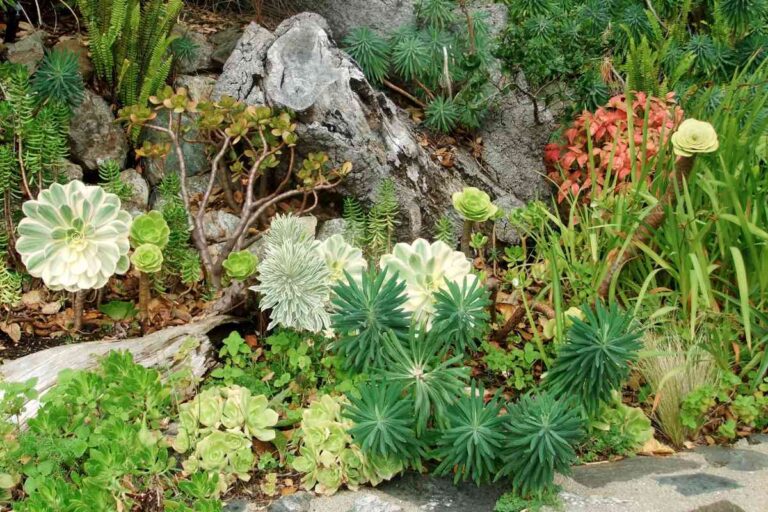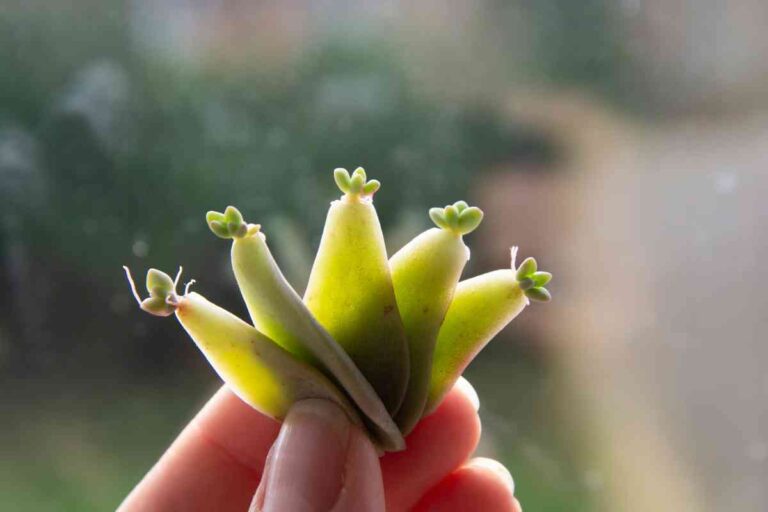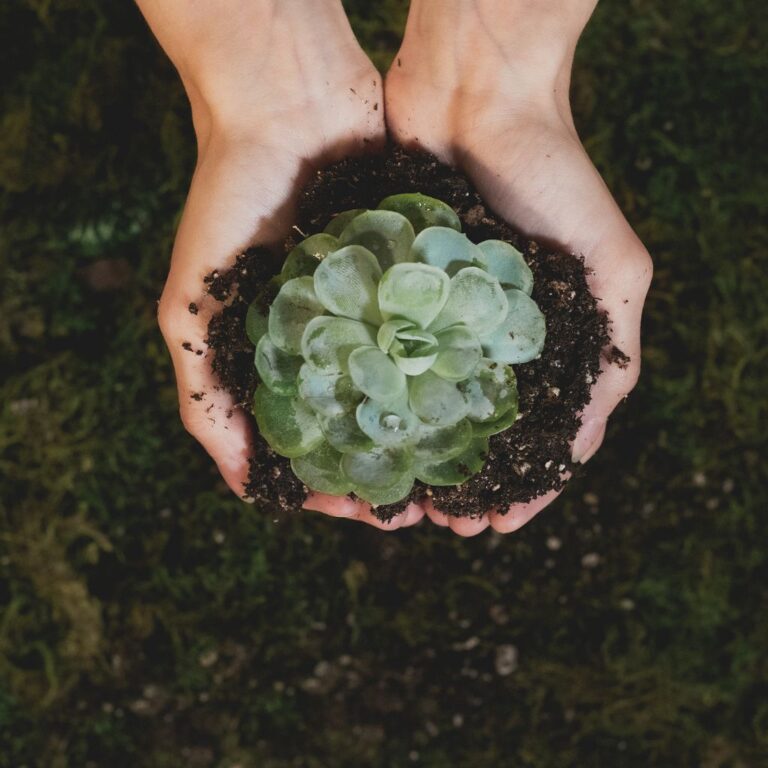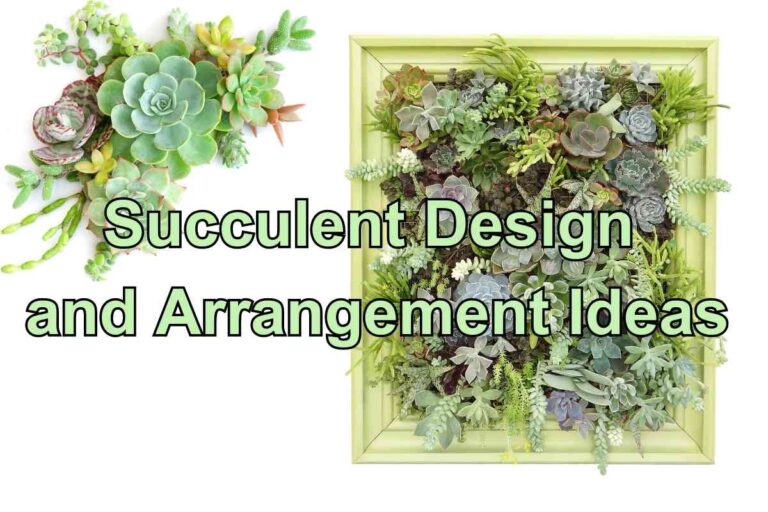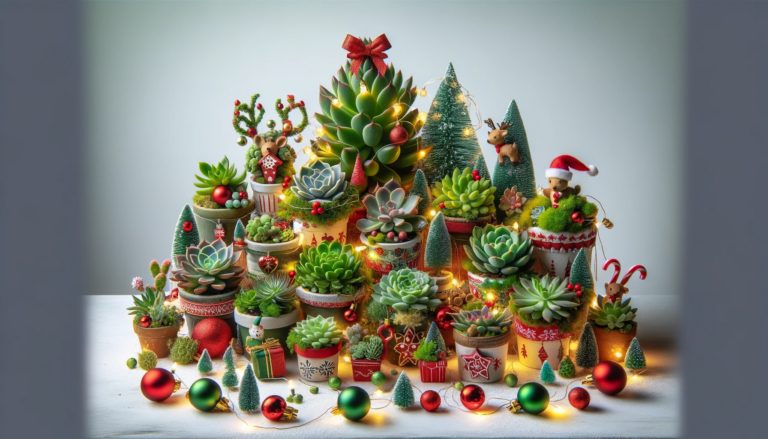Dwarf Conifer Trees: A Comprehensive Guide for Garden Enthusiasts
Dwarf conifer trees are an excellent choice for adding unique colors, textures, and forms to any garden or landscape. These miniature versions of traditional conifers are perfect for small spaces, as they don’t grow very tall, usually reaching heights below 6 feet. They are known for their unique shapes, vibrant colors, and low maintenance requirements, making them ideal for those who want to create a beautiful and long-lasting focal point in their outdoor space.

There is a wide variety of dwarf conifers available, offering various colors, growth habits, and hardiness zones, ensuring that gardeners can find the perfect fit for their landscape. Some well-known dwarf conifer types include compact spruces, slow-growing pines, and miniature junipers. The key to creating a successful garden or landscape design with dwarf conifers is to carefully consider planting locations and combinations with other plants, such as perennials, shrubs, or bulbs. This allows the plants to complement each other, achieving a harmonious look and providing year-round interest.
Key Takeaways
- Dwarf conifers add unique colors, textures, and forms to gardens and landscapes, especially in small spaces.
- A wide variety of types and growth habits allow gardeners to choose the perfect dwarf conifer for their landscape design.
- Careful plant selection and pairing with complementary plants, such as perennials or shrubs, allow for a harmonious and visually appealing garden.
Types and Characteristics of Dwarf Conifers
https://www.youtube.com/watch?v=4w-F7jHJiXc&embed=true
Dwarf conifer trees are popular choices for gardens and landscaping projects due to their compact size, unique shapes, and diverse array of colors. In this section, we will explore some common types of dwarf conifers and their characteristics.
Blue Spruce
The Blue Spruce, or Picea Pungens, is a popular dwarf conifer with distinctive blue or silvery-green needles. This slow-growing tree is ideal for smaller landscapes and provides a striking focal point. Some popular varieties include ‘Montgomery,’ ‘Sester Dwarf,’ and ‘Globosa.’
Juniper
Juniper trees are known for their hardiness and adaptability, with a wide range of shapes, sizes, and foliage colors. Some popular dwarf juniper varieties include ‘Blue Star,’ ‘Compressa,’ ‘Gold Cone,’ and ‘Nana.’
Dwarf Alberta Spruce
The Dwarf Alberta Spruce, or Picea glauca ‘Conica’, is a slow-growing, compact conifer known for its dense, bright green needles. It maintains a perfect conical shape without the need for pruning and adds an elegant touch to any landscape.
Mugo Pine
Mugo Pine, or Pinus mugo, is a versatile, low-growing conifer that can be used as ground cover or as a specimen tree. Its dark green needles and rounded, bushy shape make it an attractive addition to rock gardens and small spaces.
Alberta Spruce, Colorado, and Picea
Other notable dwarf conifers include Alberta Spruce, a slow-growing tree with dense, compact foliage; Colorado Spruce, a smaller version of the larger Blue Spruce; and Picea, a diverse genus that includes many dwarf species with unique characteristics.
Chamaecyparis and Arborvitae
Chamaecyparis, also known as false cypress, and arborvitae are both popular choices with a wide variety of dwarf cultivars. Examples include the Chamaecyparis ‘Nana Gracilis’ and the arborvitae ‘Hetz Midget,’ both of which offer interesting textures and shapes for small gardens.
Hinoki Cypress, Norway Spruce, and Thuja Occidentalis
Lastly, we want to mention Hinoki Cypress, known for its graceful branching and fragrant wood; Norway Spruce, which has a dense, conical shape; and Thuja Occidentalis, or eastern white cedar, which offers unusual, fan-like foliage.
Bark
An often-overlooked characteristic of dwarf conifers is their bark, which can be striking and provide a unique visual element in the garden. For example, the bark of the eastern white pine can range from smooth and gray to deeply furrowed and dark, and the Canadian hemlock’s bark is reddish-brown with deep furrows.
In summary, dwarf conifers offer a vast array of options for garden enthusiasts, including various shapes, colors, and textures. With careful selection and proper care, these trees can be a beautiful and low-maintenance addition to any landscape.
Cultivation and Care
https://www.youtube.com/watch?v=Ts1cDIvVqhs&embed=true
Zone Requirements
Dwarf conifer trees thrive in various climate zones, depending on their species. Native to North America, the Colorado spruce does well in zones 2-7. In contrast, the Japanese umbrella pine, a popular ornamental tree in Japan, requires more temperate zones, like 5-7, to thrive.
Growth Rate
Dwarf conifer trees grow at different rates, depending on their species and environmental factors, such as light and soil quality. Some examples include:
- Pinus mugo: A slow-growing dwarf conifer, typically taking 10-15 years to reach full size.
- Blue star juniper: A moderate grower, reaching its mature size in approximately 3-5 years.
Size at Maturity
Dwarf conifers vary in size when fully grown. For example:
- Dwarf blue spruce (Picea pungens ‘Montgomery’): Reaches a height of 3-5 feet and a similar spread.
- Dwarf globe blue spruce (Picea pungens ‘Glauca Globosa’): Grows to a size of 4-6 feet in both height and width.
Light Requirements
Most dwarf conifers require at least 6 hours of direct sunlight daily for optimal growth. However, some species, like the chamaecyparis obtusa, tolerate partial shade to maintain their vibrant foliage colors.
Soil Preferences
Dwarf conifer trees generally prefer well-draining soil with a pH range of 6.0-6.5. Specific soil preferences for some species include:
- Dwarf serbian spruce (Picea omorika ‘Nana’): Adaptable to various soil types, including clay, loam, and sandy soils.
- Dwarf Japanese garden juniper (Juniperus procumbens ‘Nana’): Tolerant of a wide range of soil conditions, including slightly alkaline or acidic soils.
We care about ensuring your dwarf conifers thrive in your garden or landscape. Following these cultivation and care guidelines will help create a beautiful and unique arrangement of true dwarf conifers, adding charm and character to your outdoor space.

